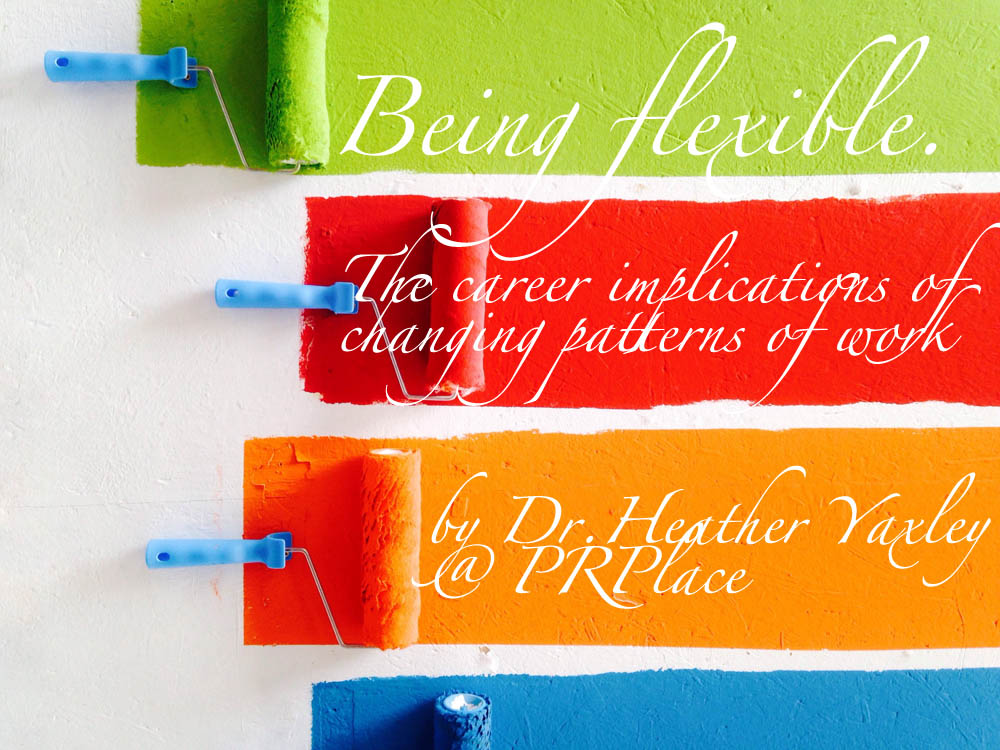Being flexible. The career implications of changing patterns of work
If you would like to work fewer hours, consider how your role could be revised. Is some reorganisation possible, allowing you to take on more focused or specialist responsibilities? Would you like to undertake particular projects as an employed consultant? Could you offer flexibility in covering peak times, holiday periods, or out of normal working hours?
Recruiters increasingly find a variety of experience, knowledge, competence and flexibility more appealing than a linear career history. In fact, someone who has spent a long time in a particular role may be viewed as having reached a career plateau rather than demonstrating an ability to be flexible and a self-improver.

